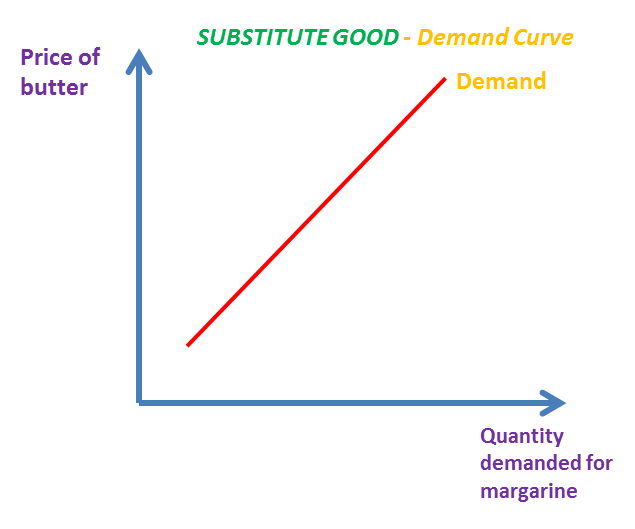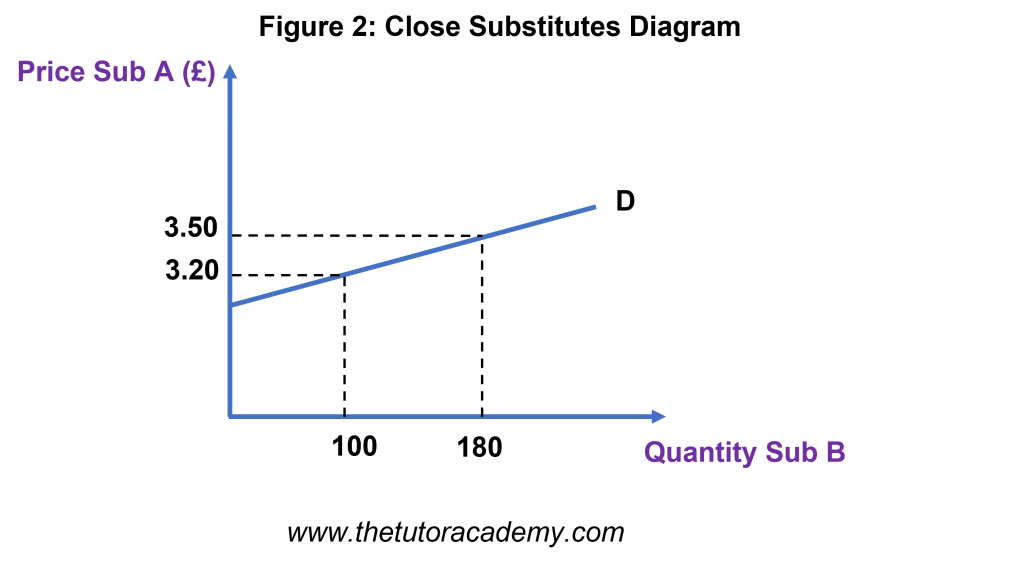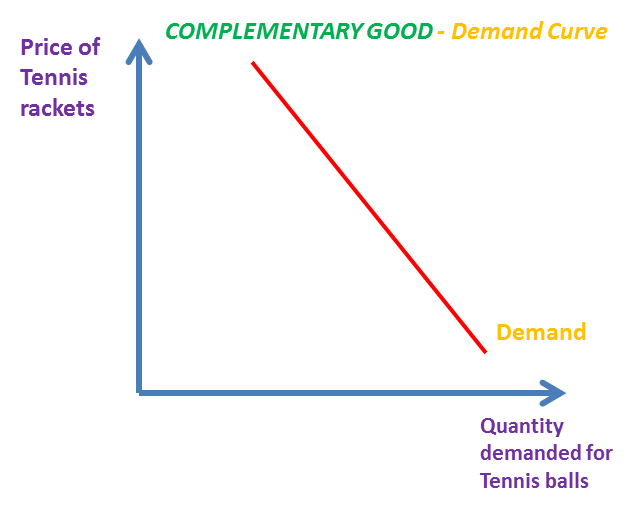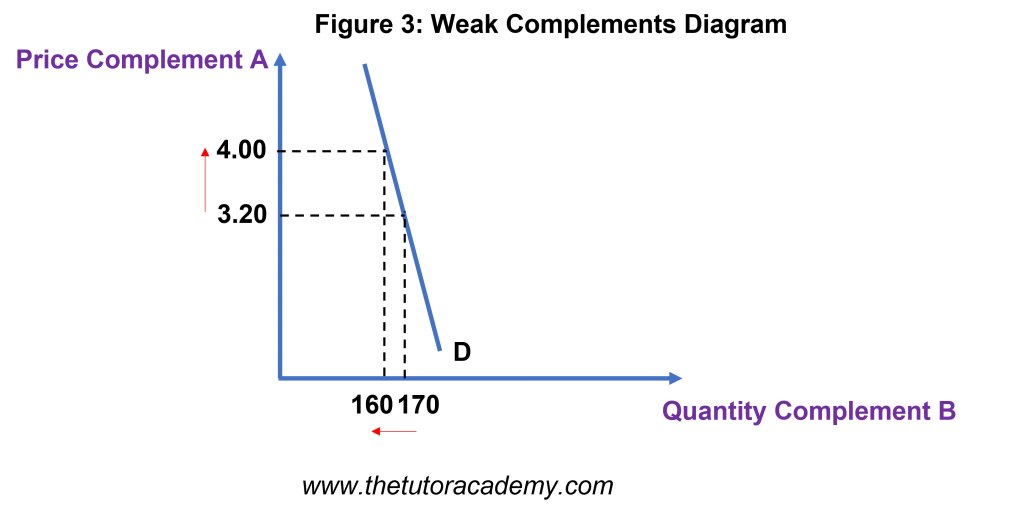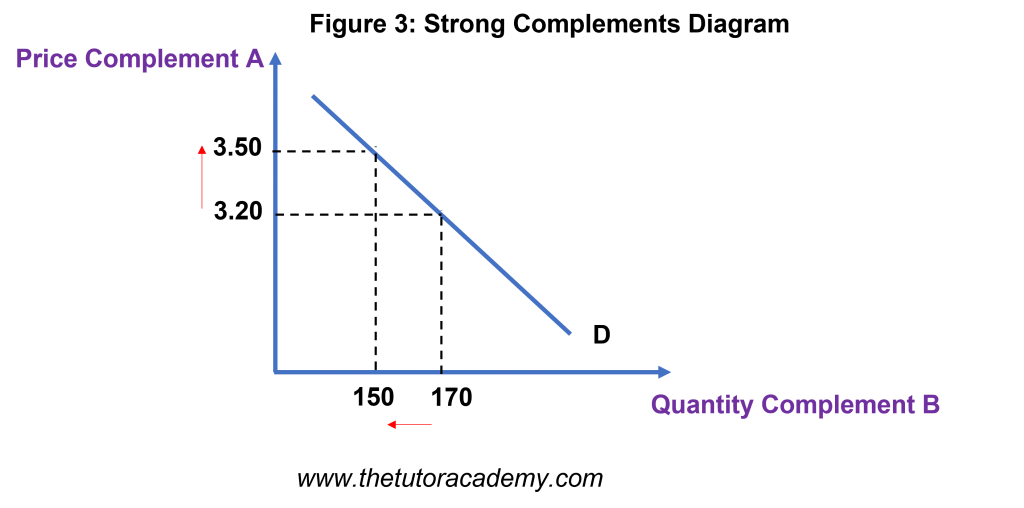Cross elasticity of demand (XED)
Cross elasticity of demand (XED)
Level: AS Levels, A Level, GCSE – Exam Boards: Edexcel, AQA, OCR, WJEC, IB, Eduqas – Economics Revision Notes
Cross elasticity of demand (XED)
Cross elasticity of demand measures the responsiveness of the quantity demanded for a good to a change in the price of another good.
Cross elasticity of demand (XED) is used to determine whether a good is a complimentary or substitute good.
Substitute goods (XED is positive)
These are goods which provide a viable alternative to each other. They are similar goods that compete with each other.
E.g. Butter and Margarine
A rise in the price of butter (Good A) would cause an increase in demand for margarine.
Weak Substitutes
Close Substitutes
Complimentary goods (XED is negative)
These are goods which work in conjunction with each other.
E.g. Tennis racket and tennis balls
Complimentary goods work together. A fall in the price of a tennis racket would cause a increase in demand for tennis balls.
Weak Complements
Strong Complements
Quick Fire Quiz
1. Define XED (2 marks)
2. State the formula for XED (2 marks)
3. State what type of goods XED analyses (2 marks)
- If positive
- If negative
4. Draw a diagram showing compliments and substitutes (4 marks)
5. Draw a diagram for weak and strong substitutes (4 marks)
6. Provide two examples of complimentary goods and two examples of substitute goods (4 marks)
Next Revision Topics:
A Level Economics Past Papers


